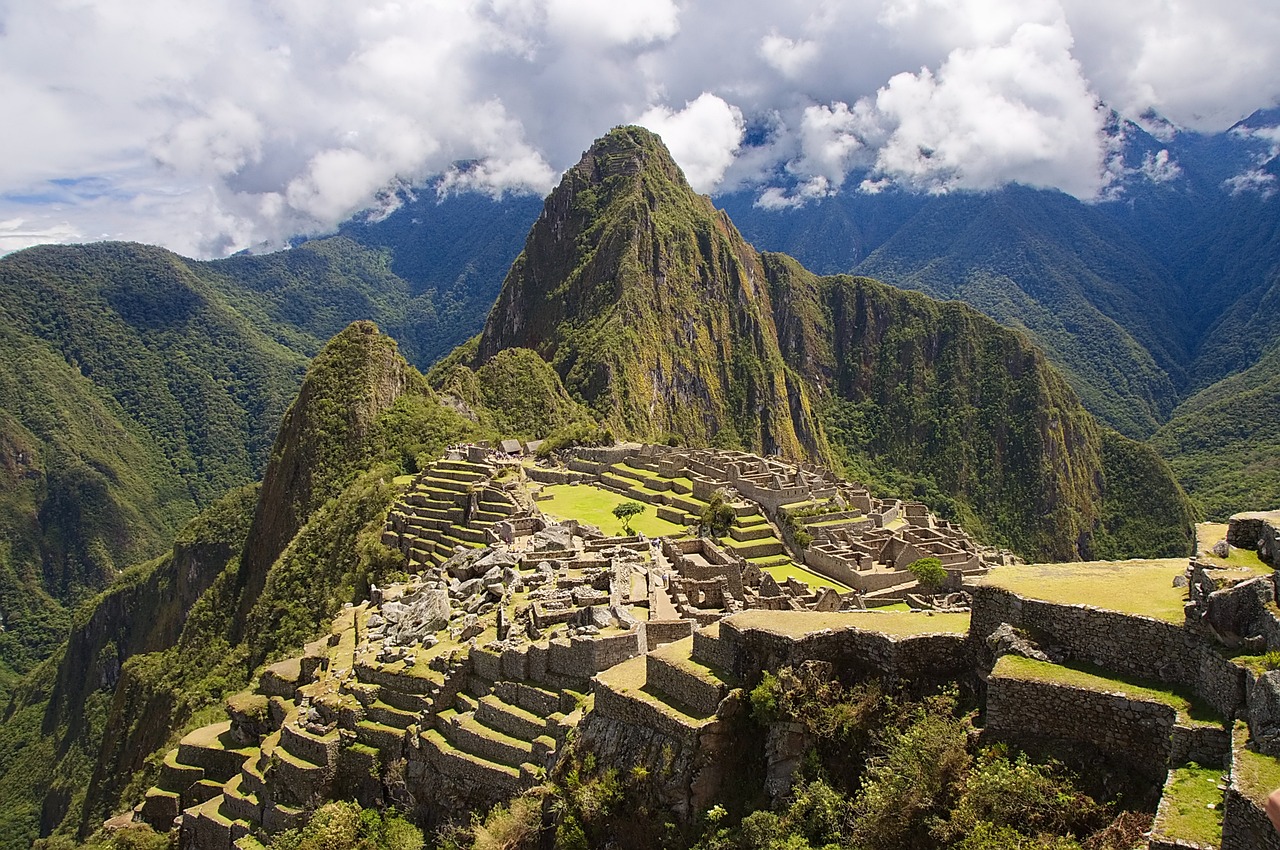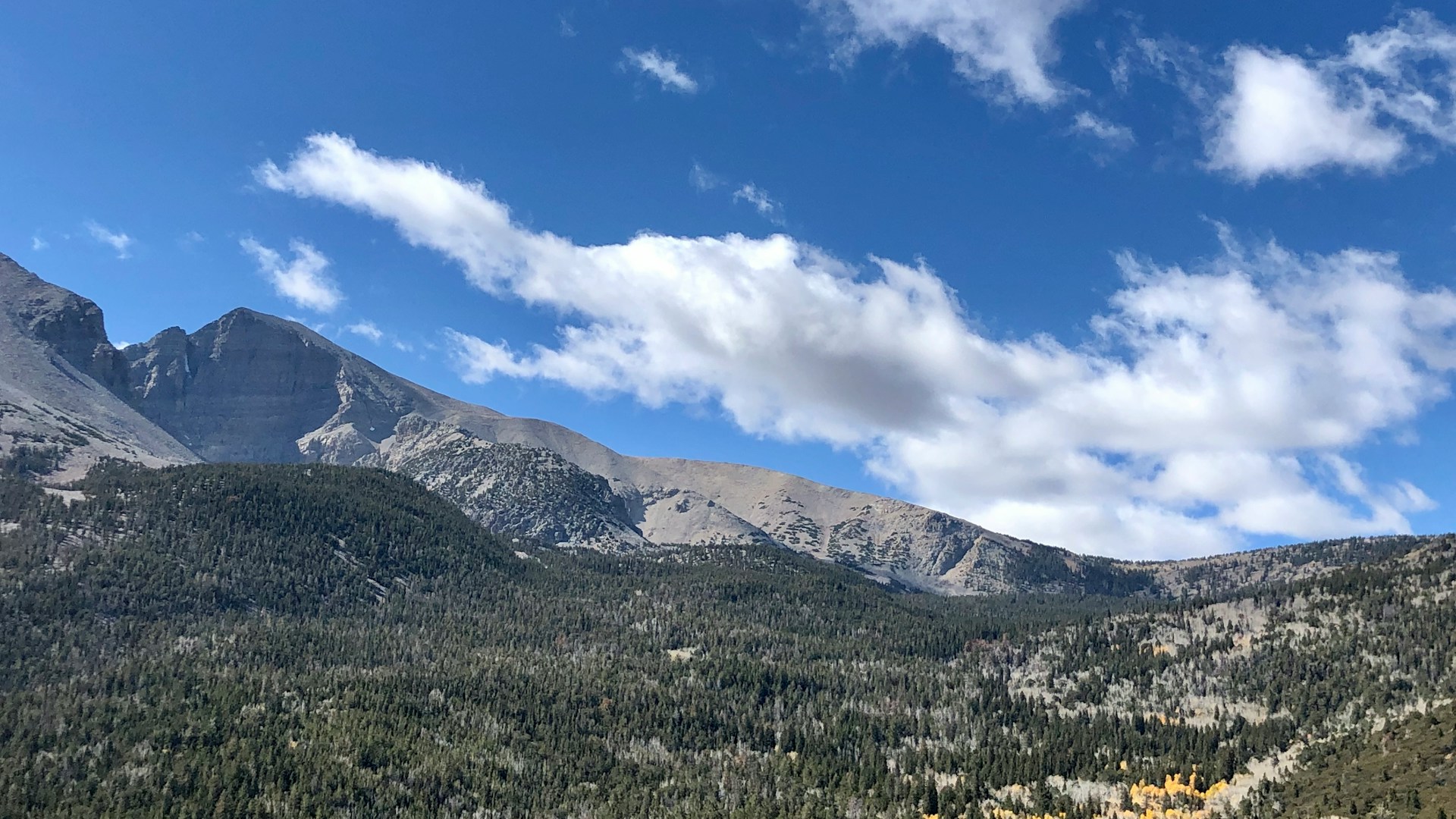Landmarks wear public faces, yet many keep private jobs, quirks, and back rooms that shaped their legends. A bridge runs its own maintenance city. A mausoleum hides plumbing. A statue moonlighted as a lighthouse. Some secrets feel theatrical, others are practical, written in drainage slopes, trapdoors, or forgotten offices above the crowds. Taken together, these hidden lives show how genius often lives behind the curtain, where engineers, caretakers, and luck keep history standing and the spotlight steady. Sometimes a quiet door opens and the past feels close.
The Eiffel Tower
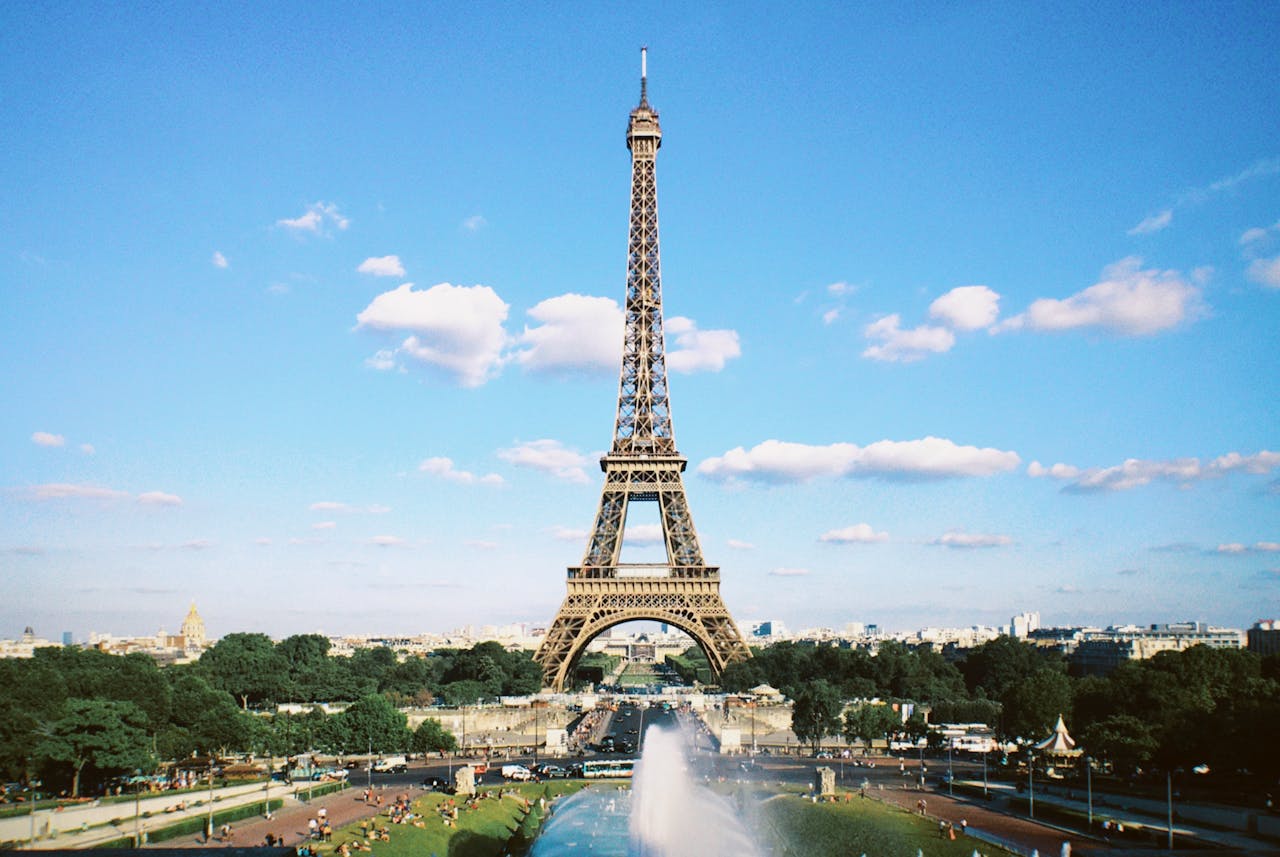
Gustave Eiffel built a tiny apartment near the summit, furnished with velvet chairs, a piano, and scientific instruments. He hosted visiting luminaries there, including Thomas Edison, while Paris buzzed below unaware. The tower also housed wind tunnel experiments, a radio lab, and secret military transmissions that helped jam enemy signals in 1914. Today the apartment survives as a museum vignette, proof that the iron lattice once doubled as a home and a working laboratory.
The Statue of Liberty
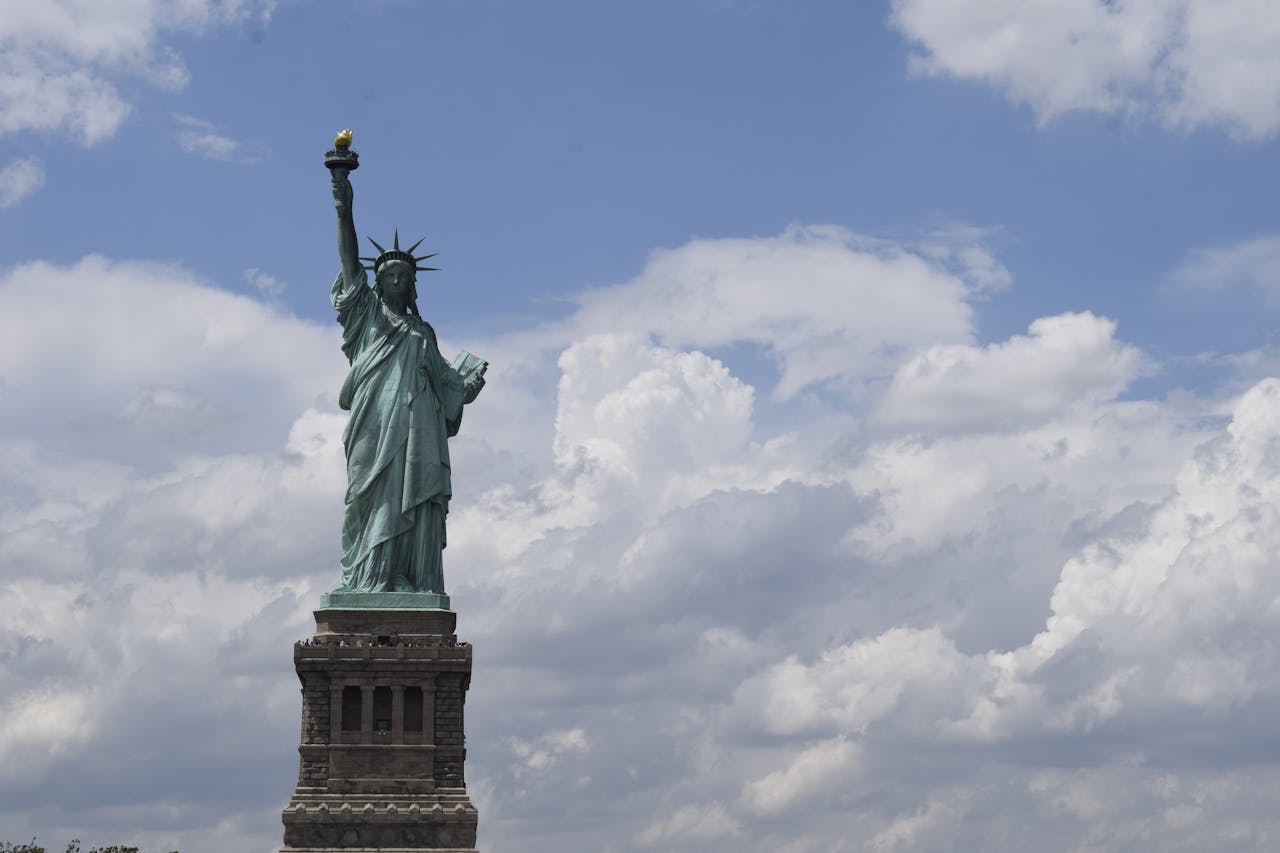
The torch balcony has been closed to the public since a 1916 act of sabotage damaged the arm and weakened the access. Inside, a steel framework by Alexandre Gustave Eiffel supports copper sheets thin as a penny. During both world wars, lights went dark to protect the harbor. The statue also served as a recruitment backdrop, a customs symbol, and a lighthouse for 16 years, quietly changing roles while keeping the same outstretched hand over the channel.
The Great Wall of China
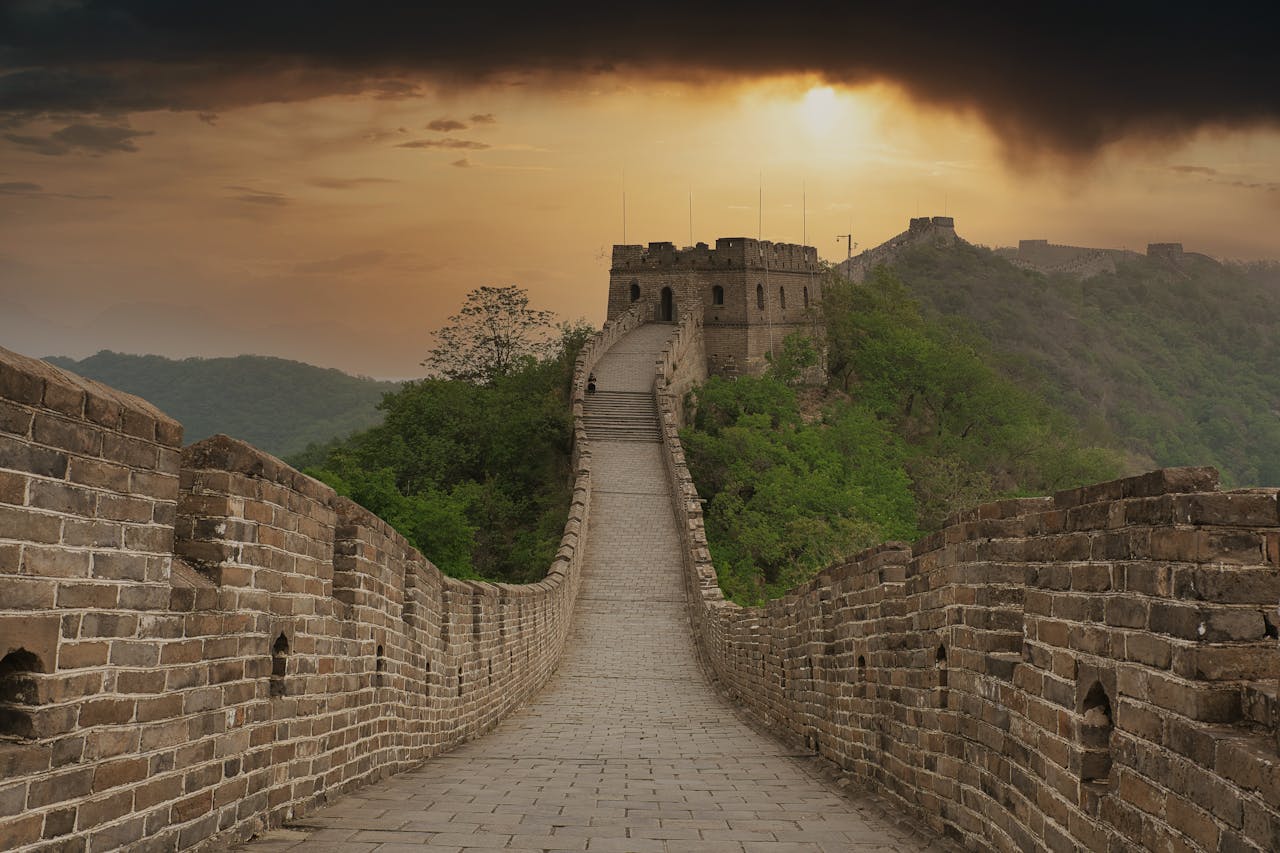
More than a wall, it functioned as a telegraph of fire and smoke, moving warnings across hundreds of miles in a few hours. Garrison towns baked bricks, taxed caravans, and hosted markets where steppe traders bartered with farmers under watchtowers. Some stretches used tamped earth, not stone, and vanished back into the hills when patrols left. The secret is utility, a living border that collected grain, news, and fees as reliably as it blocked horses.
The Colosseum
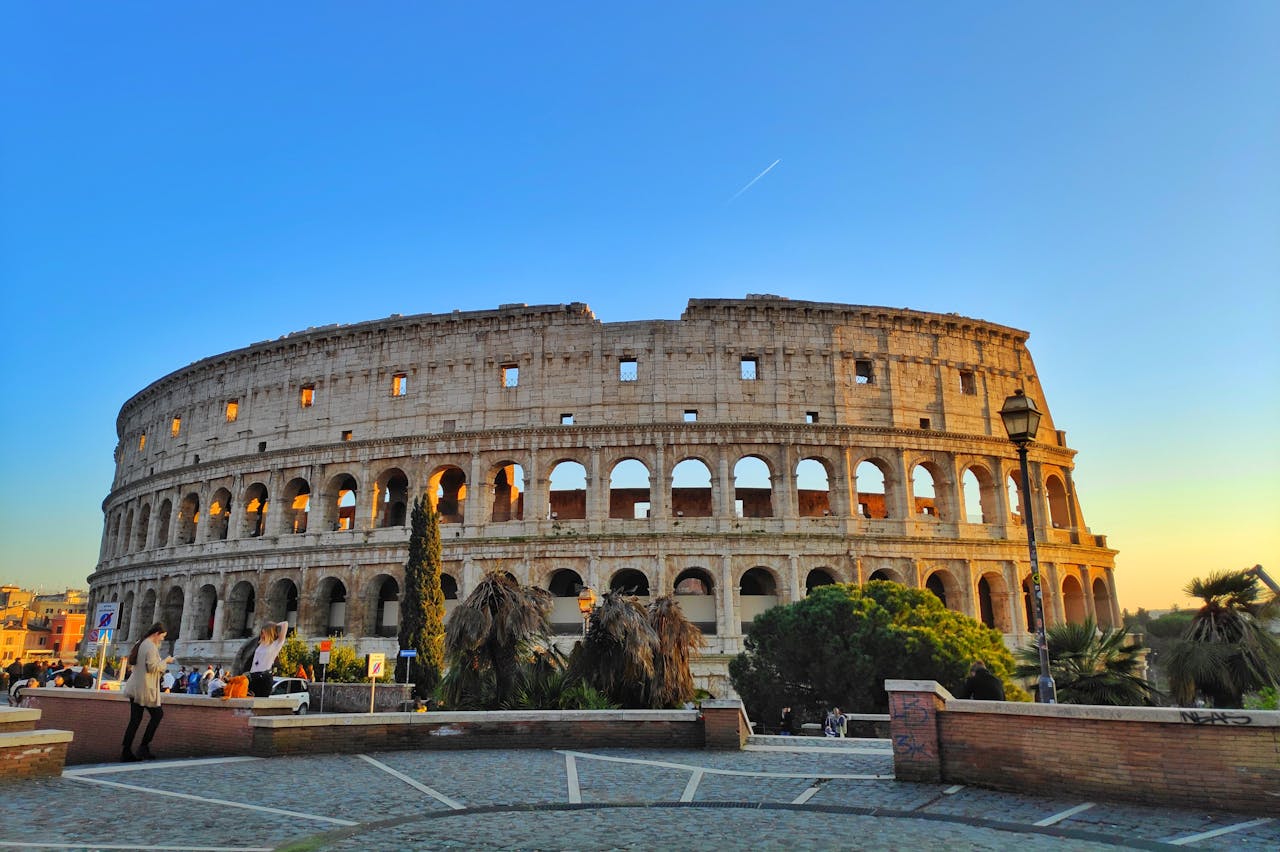
Beneath the arena floor, elevators and trapdoors once lifted animals and scenery into view, choreographing shock as much as valor. Later centuries mined the amphitheater for marble, built housing in its arches, and even staged passion plays among the ruins. Botanists once cataloged hundreds of plant species sprouting from imported soils dropped by animals and crowds. The building has been a stage, a quarry, a tenement, and a garden, always rewritten by whoever needed its bones.
The Tower of London
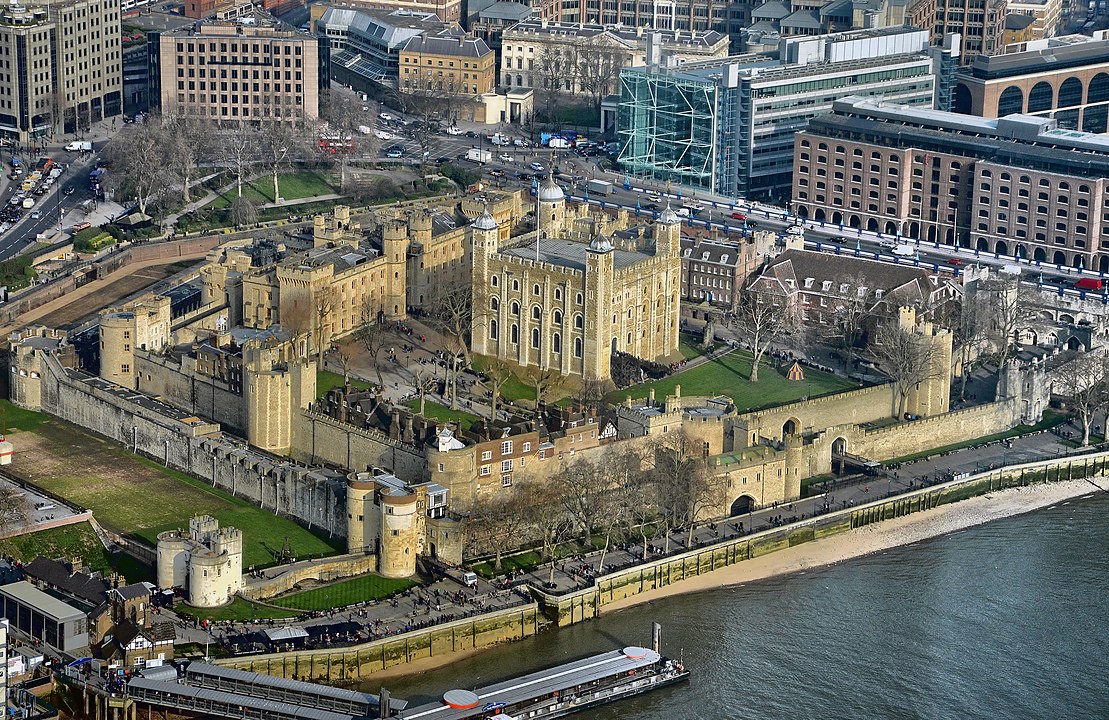
Beyond crowns and cells, the fortress ran England’s royal mint for centuries, struck coins under tight watch, and hosted a royal menagerie with lions and a polar bear that fished the Thames. The Yeoman Warders’ ravens, now protected residents, recall older beliefs that the kingdom’s security depends on their presence. Within the walls, records offices, workshops, and barracks kept the city’s machinery humming, making the tower less a monument than a small, guarded town.
Machu Picchu
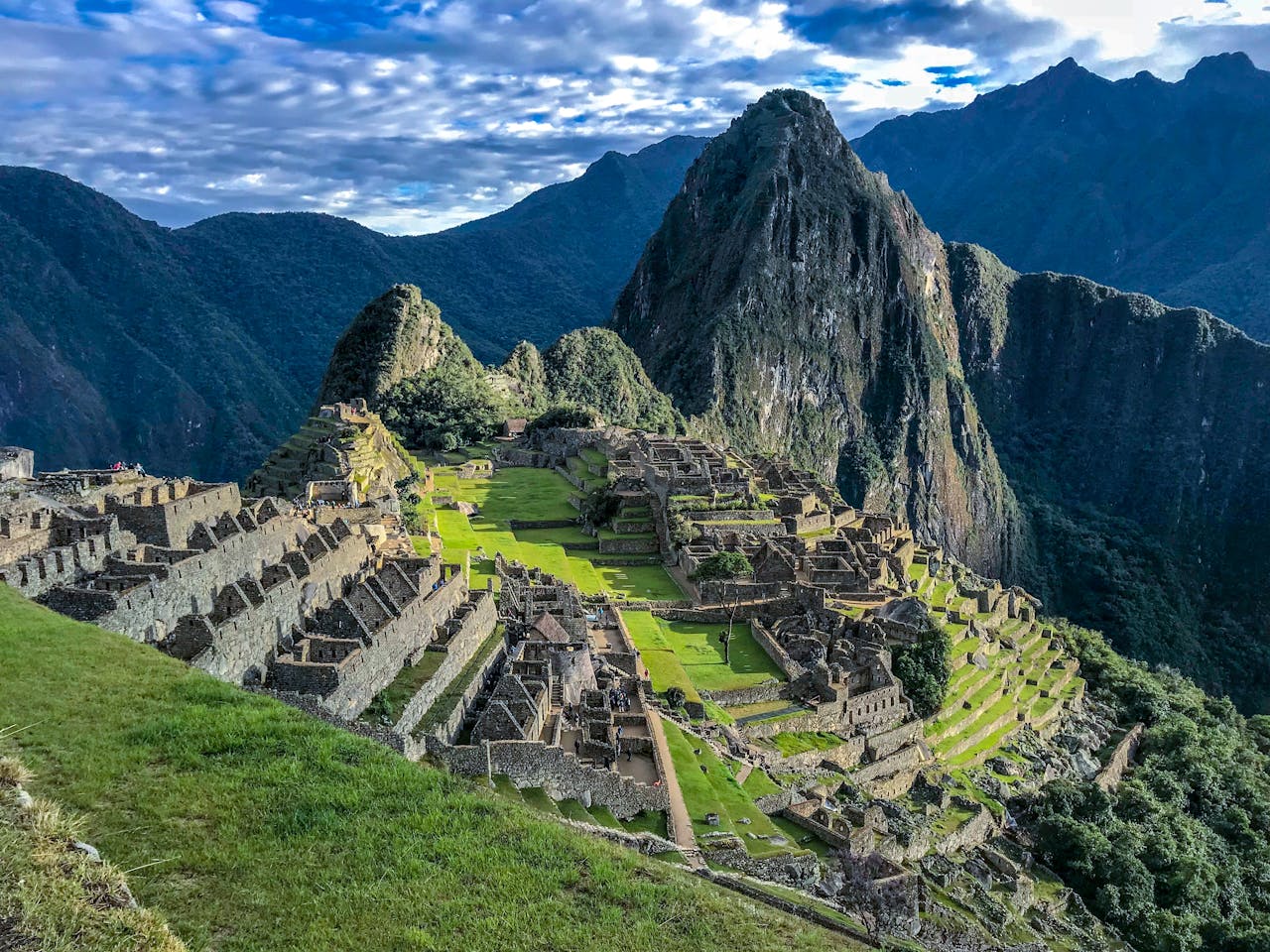
Terraces are only the overture. Hidden channels route mountain springs through carved fountains with precise fall to oxygenate water and prevent erosion. Building stones interlock without mortar, keyed to resist earthquakes that roll through the ridge. The site likely served as an estate and ritual center, yet its genius is civil engineering that works quietly underfoot. Even the supposed “secret” Inca Trail steps arrive at a gate tuned to sunrise at the June solstice.
The Taj Mahal
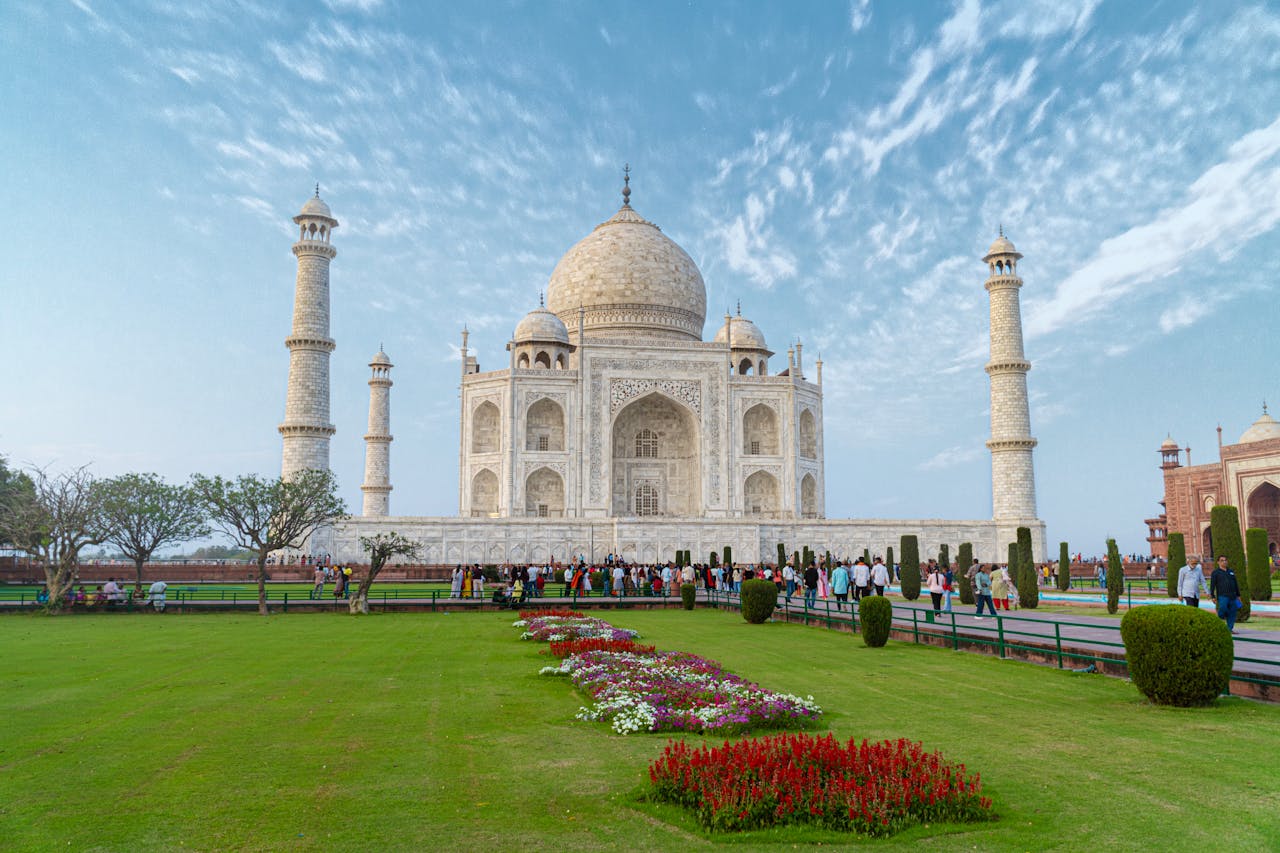
Beneath the marble calm sits a complex of sealed rooms and service corridors that once handled drainage, temperature, and maintenance. Inlay stones from across Asia hold fast with lime mortar and natural glues, while optical tricks make the calligraphy read evenly from ground level. The mausoleum’s color shifts with the day, a pale study in light more than ornament. Its most private story is practical, a building tuned to climate, gravity, and crowds.
Mount Rushmore
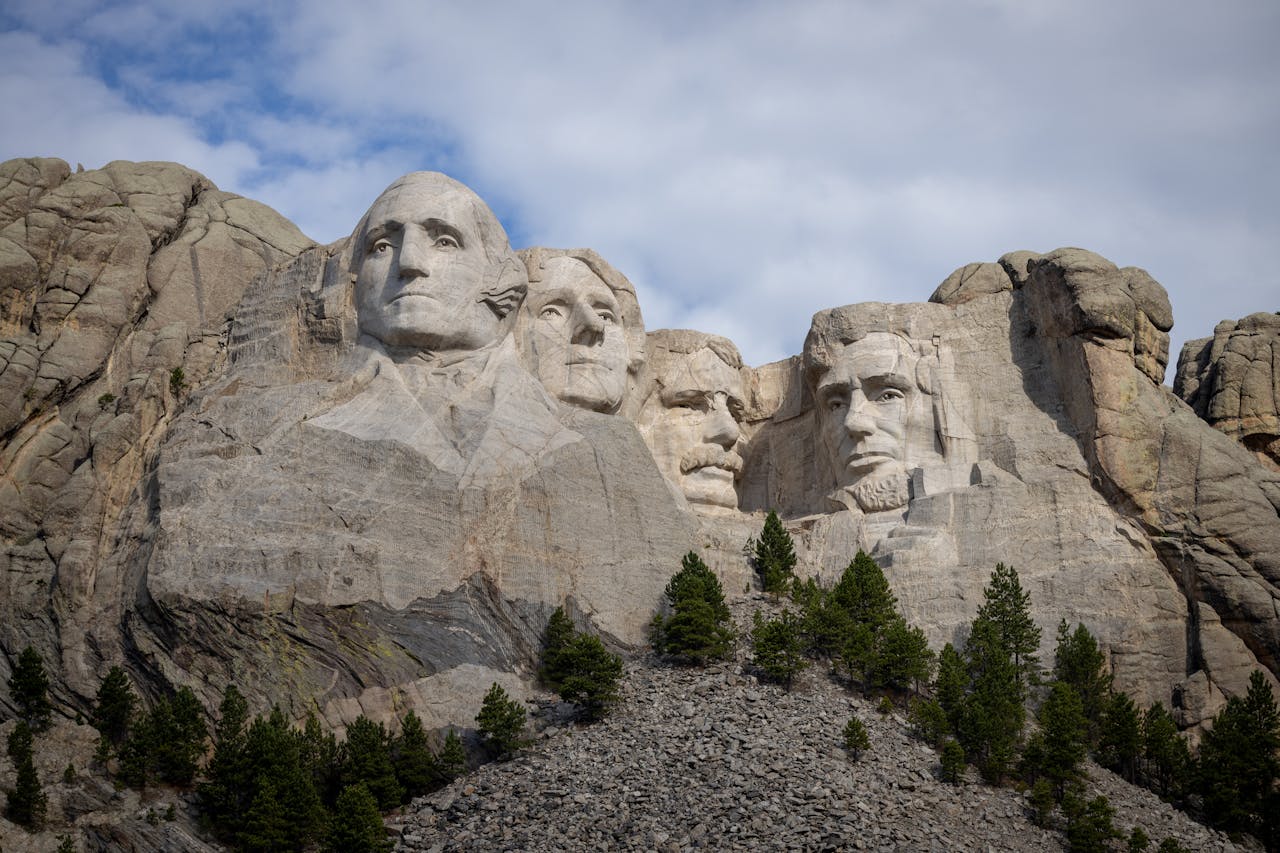
Carved into the granite, a concealed chamber sits behind the presidents’ heads, conceived by Gutzon Borglum as a Hall of Records. It now holds sealed boxes with documents and histories rather than visitors, a symbolic archive above the valley. Workers balanced on bosun’s chairs while dynamite and dairying drills roughed forms at surprising speed. The monument’s public face shows heroes; its hidden life is logistics, storage, and the math of controlled blasts.
St. Peter’s Basilica
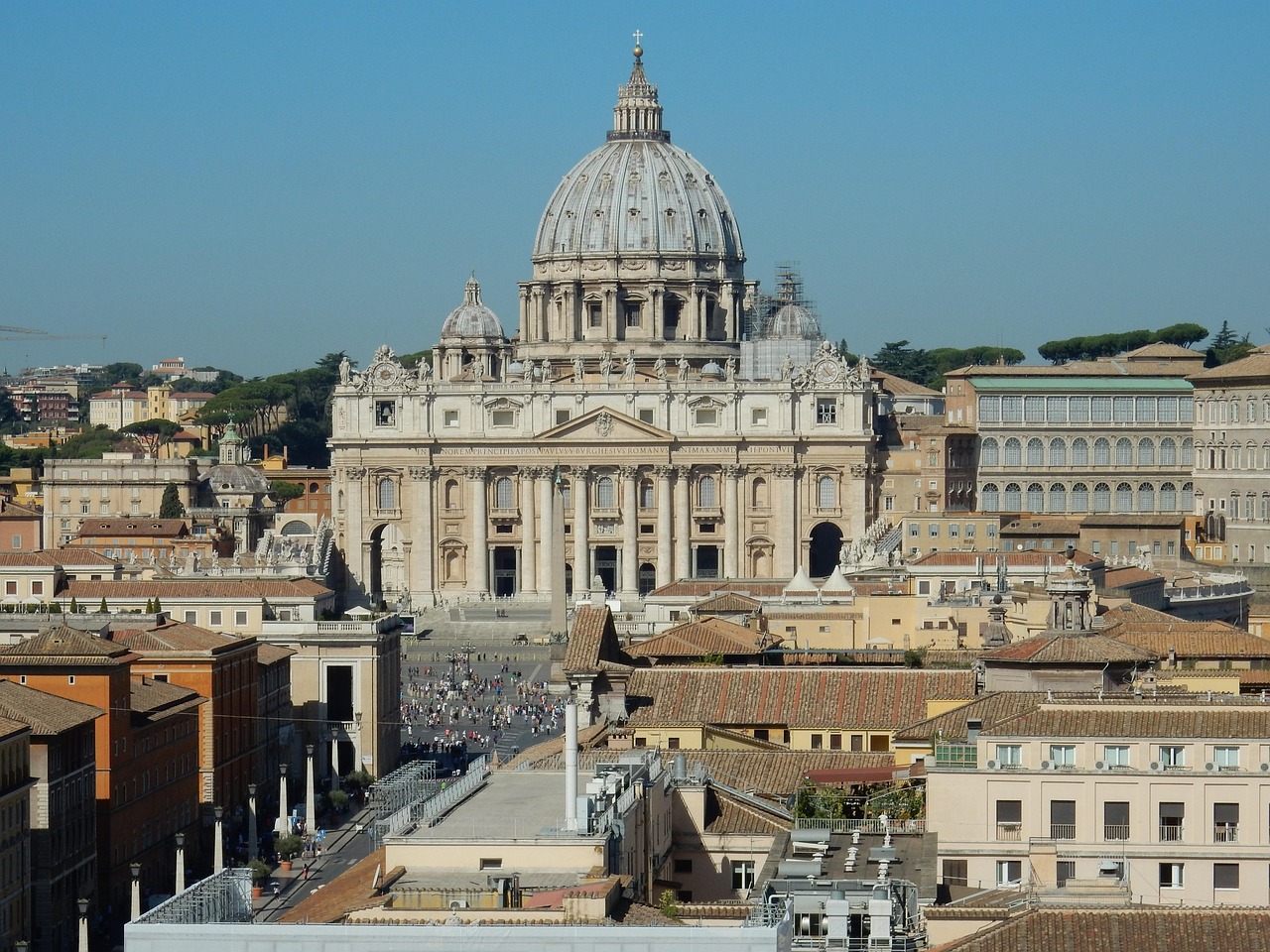
Beneath the marble floor lies the Vatican necropolis, a Roman street of tombs preserved under the basilica, where excavations revealed burials and inscriptions tied to early Christian memory. Pilgrims above rarely sense the layered city under their feet. The dome itself runs on chains, ribs, and careful thrust lines checked by constant monitoring. The church is both shrine and structure, holding centuries of engineering fixes that keep the stone singing instead of cracking.
The Great Sphinx of Giza
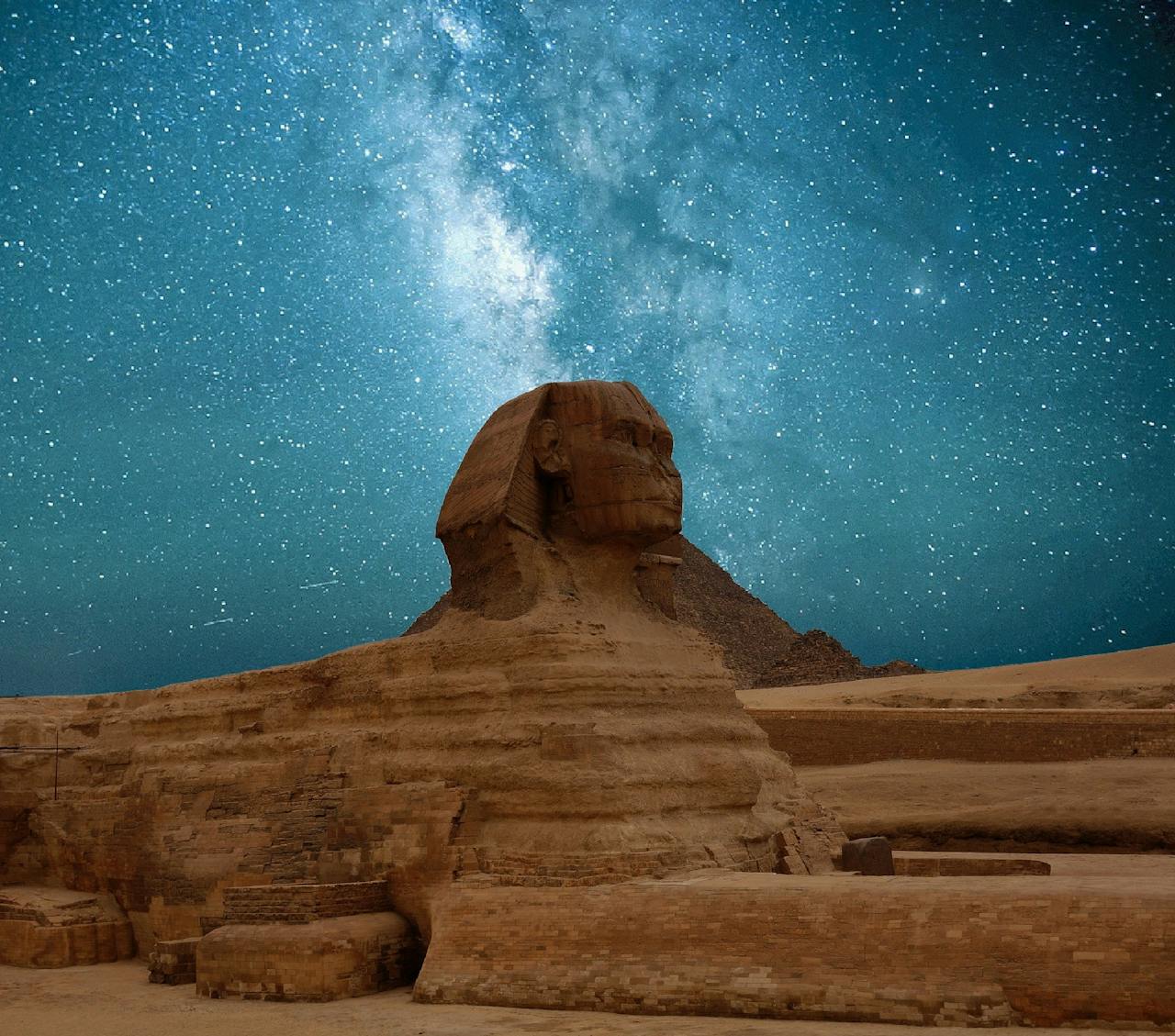
The Sphinx survived by accident and intervention, buried to its neck for long stretches and excavated again and again. Restoration campaigns filled fissures and rebuilt eroded paws while archaeologists mapped shafts and cavities in the bedrock. The missing nose predates modern armies and likely fell through deliberate chiseling or slow decay. Each dig changes the outline slightly, revealing how ancient sculpture depends on modern triage to keep a singular face in the desert wind.
Petra Treasury
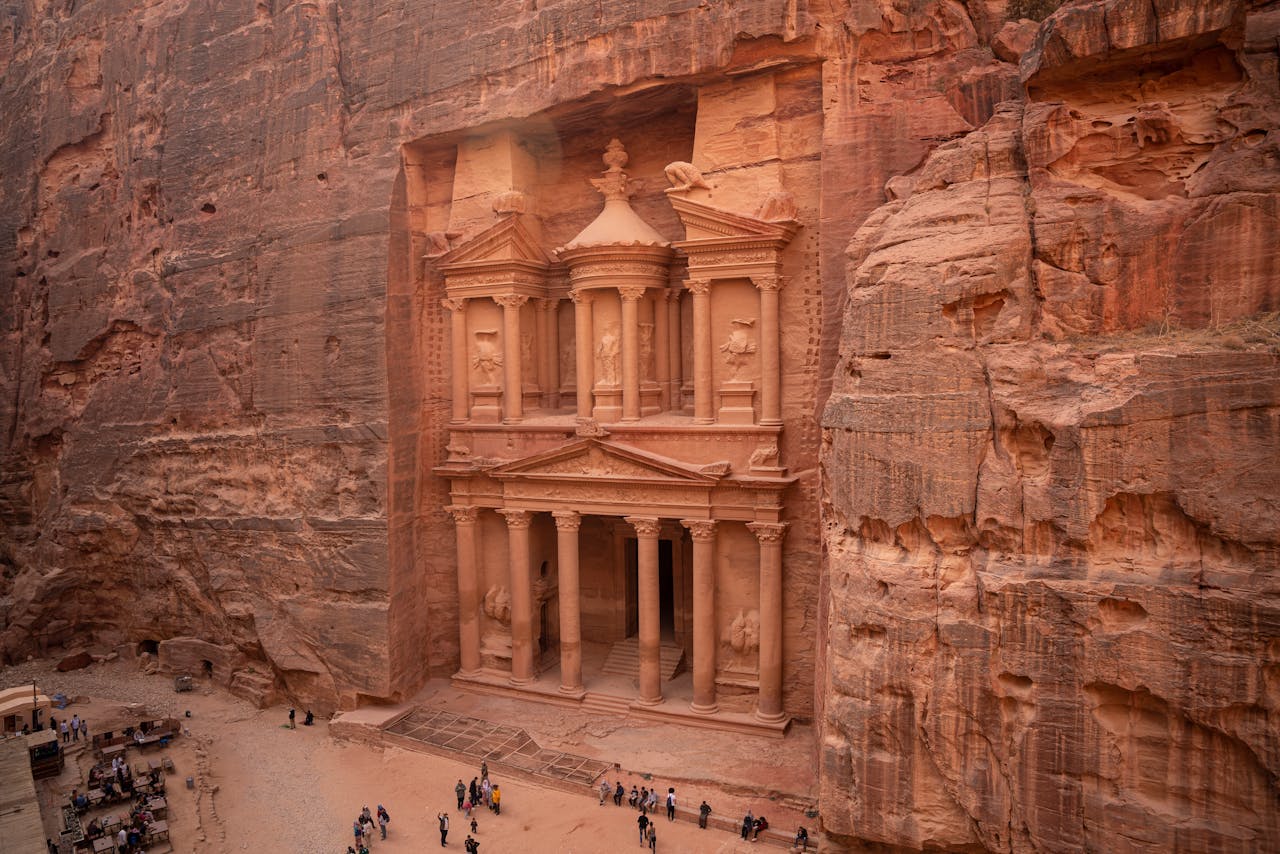
Al Khazneh looks like a temple but guarded a complex of chambers tied to tombs and ritual, not hidden gold. Bullet scars on the facade mark old attempts to shoot open imagined caches. Nabataean engineers built dams and channels to steer flash floods away from the canyon, a quieter treasure that kept the city alive. Guides point to niches, drains, and worn steps that reveal water logic and movement through heat and shade, the real secret of Petra.
The Golden Gate Bridge
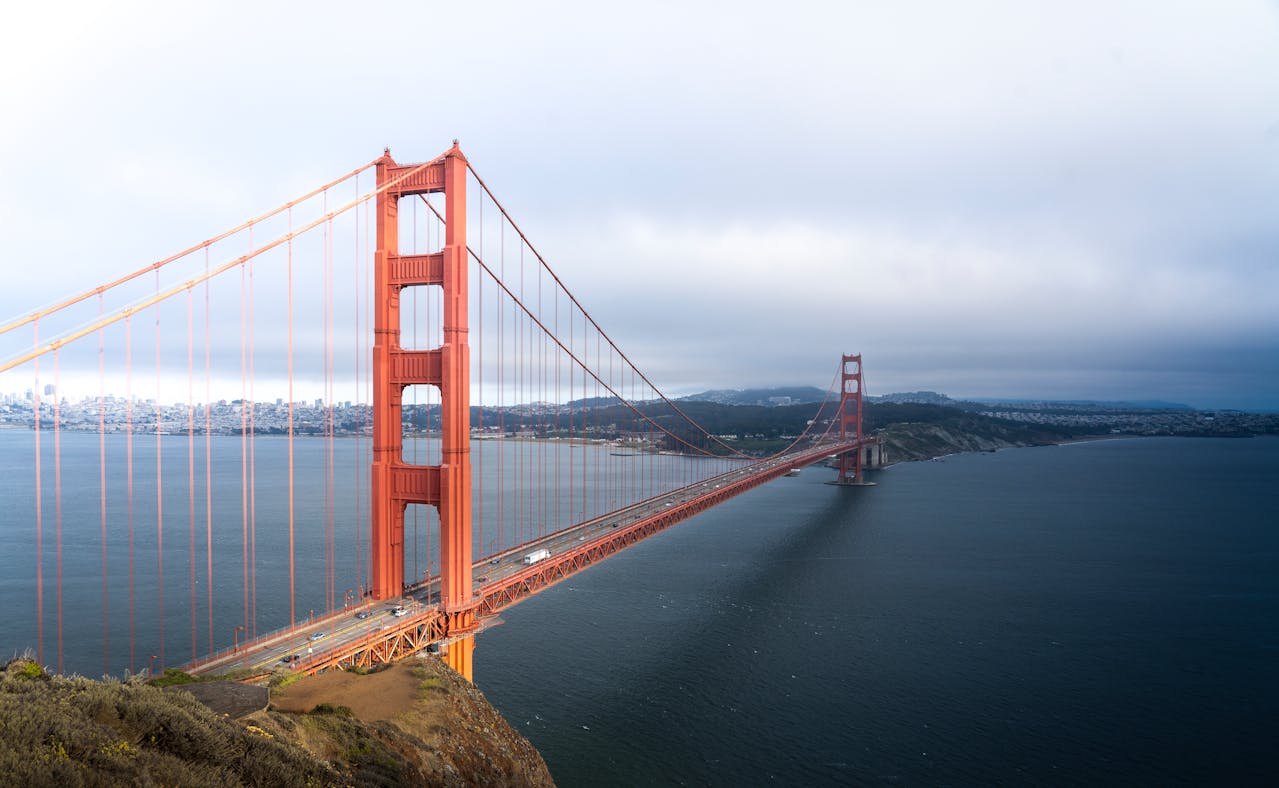
International Orange began as a primer that engineers decided suited the fog, a practical choice that became identity. Maintenance crews walk hidden catwalks and suspend from traveler rigs to repaint and inspect steel year round. The bridge runs its own micro city of electricians, painters, and engineers who tune cables and foghorns as weather changes. Tourists see height and color. The staff sees a living machine that never sleeps between tides and traffic.
